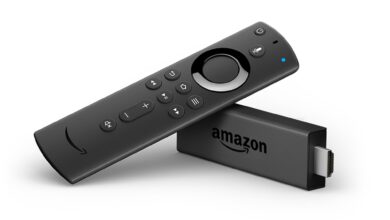Signs Your Furnace Heat Exchanger Has Gone Bad

The furnace heat exchanger is responsible for heating air that’s then distributed throughout your home. Unfortunately, like any appliance, it’s subject to wear and tear, which may lead to performance issues or even complete failure.
Understanding the signs of a failing furnace heat exchanger is vital to avoiding costly breakdowns during winter’s harsh months. This article will outline key indicators that your heat exchanger might be at risk.
If you notice a critical issue requiring urgent attention from an HVAC specialist, you can contact IMS Heating and Air Inc. For more information, click here.
Unpleasant smells
Your furnace should produce no unusual scents when operating correctly; if any are detected, it’s essential that it gets evaluated quickly. Unusual smells could indicate that your heat exchanger is cracked, allowing dangerous gases to enter the house.
If you detect a strong sulfur smell within the home, switch off your furnace immediately and do a walkaround to locate its source. This smell might signal an upcoming natural gas leak, where hydrogen sulfide generates the distinctive “rotten egg” smell. Breathing in substantial quantities of this gas can result in severe sickness or potentially fatal outcomes.
Leaking water
Water pooling around your furnace is another clear sign of a malfunctioning heat exchanger. A faulty condensation process can cause this. Normally, the furnace’s heat exchanger evaporates the condensation produced during combustion.
But, if the heat exchanger becomes damaged, it may no longer be able to effectively evaporate condensation, leading to leakage that collects around the furnace and leads to further issues like rusting or mold growth. Professional HVAC technician assistance should always be sought immediately when faced with such situations.
Carbon monoxide leaks
Carbon monoxide, an invisible and odorless gas that can be lethal at high concentrations, could enter your home through unintended leakage channels if your furnace’s heat exchanger cracks open, causing carbon monoxide poisoning of yourself and your family members.
As soon as your carbon monoxide detector alarm goes off, this indicates a potential problem that needs immediate action; opening windows and seeking professional advice as soon as possible are two effective strategies to minimize risk.
Heat exchangers are metal assemblies designed to redirect hot combustion gases through tubes and coils heated by flame before being passed over-conditioned air blown over them. Carbon monoxide produced during combustion should normally be vented outside; however, if your heat exchanger cracks, it could leak carbon monoxide into your home through any gaps that form between its walls.
Lack of heat
Lack of, or no heat at all could be a telltale sign of a bad heat exchanger. A heat exchanger is integral to a furnace’s conversion processes, where gas or oil is burned to produce heat.
The heat is then distributed throughout your home by way of air circulation. However, if a heat exchanger becomes cracked or damaged, this process may become severely impaired, and your furnace may struggle to warm the air effectively, leading to decreased heating performance and decreased comfort levels in your home.
Conclusion
In conclusion, a faulty furnace heat exchanger not only compromises the comfort of your home but also poses potential dangers such as gas leaks and carbon monoxide poisoning.
Recognizing the signs of a malfunctioning heat exchanger – unusual smells, water leakage, carbon monoxide leaks, and ineffective heating – is crucial in ensuring timely repairs and maintaining a safe, warm environment. Always seek professional help at the first sign of trouble to avoid catastrophic failures.



